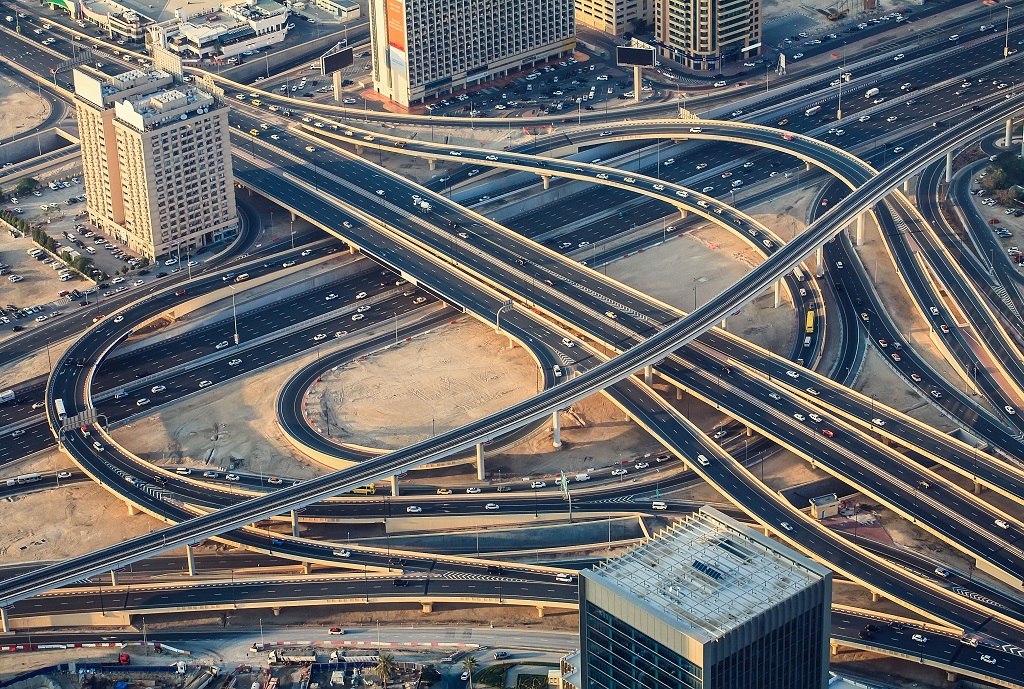
It seems like a sports competition. Dozens of classifications, from technical and academic to tourism, have sought to identify the world’s best transport systems. Although the results are relatively uneven, five cities regularly appear at the top of these tables: Tokyo, Hong Kong, Seoul, Paris, and London, without it being possible to say which of the first two tops the final table.
In short, the best transport systems in the world can well be said to be found in Asia and Western Europe. It is worth starting the mentions with Hong Kong. It is such an efficient and articulated system that approximately 90 percent of this city’s population of more than 7.5 million inhabitants choose this service. It is the highest rate in the world.
The best transport system in the world
The system comprises trains (metro and normal), buses, trams, ferries, and minibusses. Citizens can use any of these vehicles expeditiously and fluidly thanks to an electronic smart card, the Octopus, which already came into force 22 years ago. The card allows making other payments and transactions related to food and health in spacious, comfortable, and ultra-modern terminals. The different sub-services of the system stand out for their cleanliness, safety, speed, and efficiency.
Bullet trains and trams
Given the high demographic density, it has only 1,106 square kilometers, the intense commercial and industrial activity, and the issue of public transport became a matter of State in the 70s. If Hong Kongers had allowed private transportation to increase, they would have been doomed to a certain collapse. Therefore, they bet on the best transportation system in the world. They then installed a super multimodal transport system whose connections include taxis and whose prices are not high. The mega-mechanism offers such various options that citizens can travel on the same day in ultra-fast bullet trains and tourist and calm trams.
These are the reasons why Asian cities probably have the best public transport systems in the world. Something similar happens to Tokyo or Beijing. In the Japanese capital, 8.7 million passengers use rail transport daily with 9.3 million inhabitants. The Tokyo subway system is recognized worldwide for its efficiency and ability to operate with virtually total punctuality. It is the axis of the system and is linked to the bus and taxi system. More than one voice assures that if there is something more uncomfortable and slower than public transport in Tokyo, it is private transport.
With similar characteristics to the two previous cases is the service of the South Korean capital, Seoul. In this case, what stands out the most are the terminals of its various subsystems. They are considered among the most welcoming globally, offering a variety of free services, safety, and comfort.
Airports
Seoul’s well-developed transportation system has made it one of the transportation hubs in Asia. The metro serves approximately 8 million passengers per day. It has also articulated its taxi system to transport passengers, especially to the airport or from airports and train stations.
But Western Europe has its own thing too. The city of light boasts the best place in the old continent in the public transport service classifications. Precisely the fact that it is the most touristic metropolis on the planet made transport also constitute a reason for State. The Paris metro covers a vast distance, approximately 214 kilometers long.
Public transport
Most of this system is underground and consists of stations that are very close to each other (800 meters). This makes it possible to visit the vast areas of attractiveness that tourists have, even beyond the French capital, and, at the same time, quickly and effectively transport residents who study or work in the metropolis.
The famous Paris metro stands out, which is the second busiest in Europe after the Moscow metro. Parisian public transport is served by buses and rams and connects to boats that navigate the Seine River. These modes help link the various suburban cities near Paris. It is worth remembering that the metropolitan area centered by the French capital is home to 12.3 million inhabitants.
Underground stations and tunnels
The other frequent European representative in the rankings of the matter is London. The London Underground or “tube” is one of the most famous transit systems in the world. Of course, London is also home to its famous double-decker buses, which are equally or more iconic. On a typical weekday, more than 50,000 people use Waterloo Station, the busiest in the system. The London Underground has a total of 270 stations.
These cities have been mentioned especially in the Urban Mobility Index study, which evaluated 84 large cities globally on a scale from 0 to 100. The average valuation was 43.9 points. This is a study carried out by the international consultancy Arthur D. Little and the International Union of Public Transport (UITP). In this specialized classification, the city that obtained the highest score was Hong Kong, with 58.2 points, indicating a wide margin for improvement. To reach 100 points, it is necessary to have the best performance in the 19 aspects evaluated.
The study analyzed elements such as the integration between the different modes of transport, network planning, compliance and timeliness of the service; the possibility for users to have information about the system in terms of congestion, schedules, waiting for time, maps, etc. and integration into the network of services that offer added value as services that allow the transportation system to be integrated into urban life.
Among the other cities highlighted in this and other lists (including that of the Ripley records) are Singapore, Madrid, Shanghai, Berlin, and Munich. Finally, New York saves the honor of the new continent, the only city that stands out in some of the rankings.
Personal transports
Despite these relegated positions, it has been highlighted that Latin America was a pioneer in the world in the introduction of rapid transit bus systems, which is currently implemented in 68 cities of the region, with a network that stretches for almost 1,900 kilometers and that transports more than 21 million passengers daily, according to figures from the project. The region has also innovated by developing urban cable car systems to solve transportation in hard-to-reach areas.
